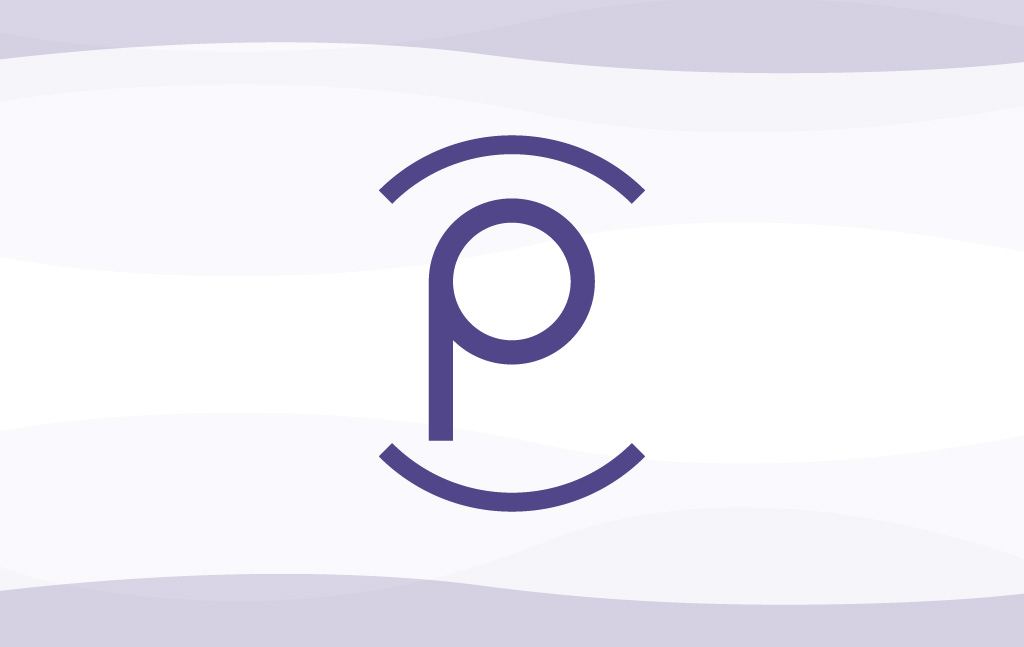As the media landscape continues to evolve at breakneck speed, the once-clear boundary between journalist and influencer is becoming increasingly difficult to define. During the most recent edition of Peppercomm’s recent Fireside Chat Series, we spoke with some of the industry’s most respected media to explore shifting landscape and what it means for the future of storytelling, influence, brand building and public trust.
What emerged was a nuanced portrait of a modern journalist: one who no longer works exclusively within the traditional newsroom, but across platforms and social media channels as a community builder. Today’s media professionals are as likely to be publishing on Substack or podcasting as they are to be reporting for a traditional outlet. The role of the journalist has expanded to include building your own audience, curating content, and developing a unique point of view and voice (oftentimes outside of their employer’s).
Beyond the byline: creators, curators, entrepreneurs
This transformation isn’t just about platform diversification – it’s a fundamental shift in how media professionals define their careers. Journalists are increasingly embracing platforms like LinkedIn, X, TikTok and e-newsletters not just as promotional tools, but as primary vehicles for their work.
The underlying driver? Autonomy. Amid newsroom downsizing, layoffs, and the pressures of click-driven metrics, many journalists are finding more freedom – and financial stability – by cultivating their own audiences. In doing so, they’re also assuming a handful of new roles: marketer, editor, publisher, and entrepreneur.
This entrepreneurial approach also allows journalists to lean into niche subject matter that declining newsrooms have stripped away over time, giving voice to underrepresented stories or specialized areas of coverage that might otherwise be overlooked. They’re building communities as much as they are creating content.
Trust, authenticity and audience engagement
The discussion also tackled the complexities that come with this new model. As journalists become more visible and personal online, the relationship between audience and content creator becomes more intimate, and more powerful. Followers are no longer passive readers but active participants in the storytelling process. Through comments, feedback, shares, and even direct subscriptions and funding, audiences are helping shape the editorial direction.
With this power comes a heightened need for transparency and trust. The blurring of lines between editorial and sponsorship, opinion and reporting, or news and entertainment means journalists, and the brands or sources working with them, must navigate disclosure and authenticity within their work. Maintaining credibility while building influence is a delicate balancing act.
What it means for communicators and brands
For PR professionals and brand communicators, these shifts require a fundamental rethinking of media relations strategies. The days of relying solely on press releases and pitching to traditional beat reporters are over. Instead, communicators must build long-term, meaningful relationships with a broader ecosystem of voices, including independent journalists, freelancers, newsletter authors and podcast hosts.
This also requires a better understanding of the personal brand and editorial lens of each individual member of the media. A successful pitch in today’s environment isn’t just well-written – it’s customized, relevant, and aligned with the creator’s audience interests.
Panelists emphasized the importance of approaching these relationships with genuine curiosity and a spirit of partnership. Rather than viewing journalists and creators as just another “media list,” smart communicators are engaging them as collaborators in storytelling with shared goals around informing, educating and engaging various audiences.
The future is multifaceted and multi-platform
Looking ahead, one thing is clear: this is not a passing trend. The rise of alternative media, self-publishing, and journalist-as-influencer models is reshaping the industry for good. As more professionals seek independence and control over their voice and work, we can expect to see continued innovation in how stories are created, shared and monetized.
For communicators, the takeaway is both a challenge and an opportunity. The most effective strategies will embrace this complexity, investing in relationships rather than reach, and substance rather than scale. It’s about meeting audiences where they are, through voices they trust, on platforms they choose.
As this Fireside Chat demonstrated, the media world is no longer siloed or linear. It’s collaborative, evolving and deeply personal.
Stay tuned for an invite to our next Fireside Chat!



